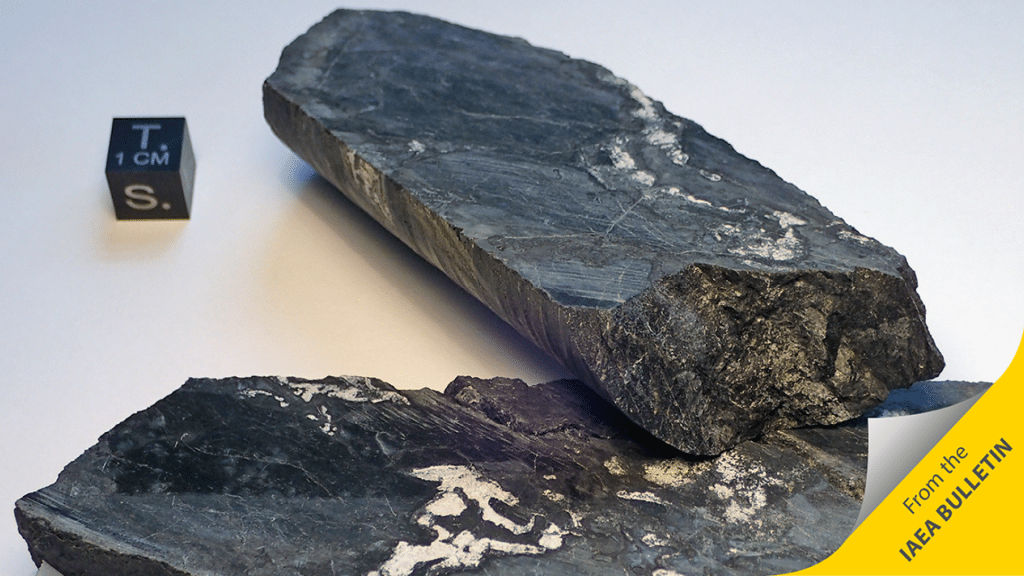DOE Considers Subsidies Modeled on Renewables for Small Modular Nuclear Reactors
State-imposed standards and financial incentives such as those used to spur widespread adoption of renewables technologies offer a promising model to address challenges to commercialize small modular reactors (SMRs), says a report by the U.S. Department of Energy’s (DOE’s) Office of Nuclear Energy.
But to make a meaningful impact, nearly $ 10 billion in incentives will be needed to deploy 6 GW of SMR capacity by 2025, it acknowledges.
The report, “Examination of Federal Assistance in the Renewable Energy Market,” was prepared by Kutak Rock and Scully Capital under contract with the DOE and made public on November 15. It notes that while uncertainty attached to the rapidly evolving market environment is shadowing long-term investment decisions at electric utilities in the U.S, current trends in the power sector present an opportunity for SMR development “as a flexible, carbon-free baseload generation resource which can be built on a smaller scale than traditional nuclear plants.” However, efforts to commercialize SMR technologies have lagged owing to several challenges.…
